The dining room. It's where you eat, drink, and socialise. And whether you have a room full of guests or a simple dinner for two, you want to make sure your table is fit for eating (off). So read on for our advice.
General dining table care tips
You'll want to avoid scuffs, marks, and damage. They dull the lustre of your table and detract from your meals. Here's how to avoid them:
Veneered and solid wood tables
Regular cleaning is essential. Wipe down your table with a damp cloth and then dry it with a clean, lint-free cloth.
Immediately clean up any spills.
On any stubborn stains, use a diluted, wood-friendly detergent.
Use no abrasive or harsh chemicals, polishes, or sprays.
Small scratches on veneer can be repaired with a small amount of oil polish, while solid wood can simply be sealed with matching varnish or paint. Before you do this, always test a small area.
Please provide coasters and placemats. They shield the table's surface from moisture and heat; never place hot drinks or plates directly on the table.
Lacquer
Clean your lacquered table as described above for veneered tables.
Because lacquer is easily scratched, ensure that everyone uses a placemat and coaster.
Remove finger marks with a soft microfiber cloth.
Glass
Wipe away spills and finger marks with a clean, dry cloth
Concrete, marble and stone
Because concrete tables are porous, clean up any spills as soon as possible. Keep sharp objects, such as knives, away from the surface; these are especially prone to scratches.
Wipe down concrete, marble, and stone tables with a damp cloth on a regular basis, then dry with a clean, lint-free cloth.
Use no abrasive or harsh chemicals, polishes, or sprays.
Roughly dragging your table when extending it can cause the legs to break, so use caution when moving it. Get someone to assist you if you can.






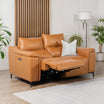











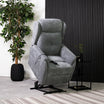




























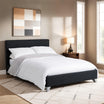





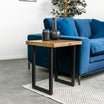




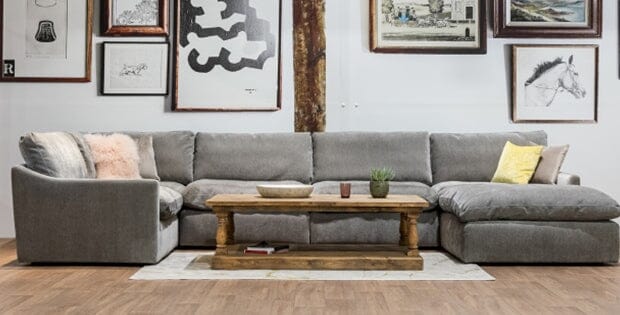
Leave a comment
This site is protected by hCaptcha and the hCaptcha Privacy Policy and Terms of Service apply.